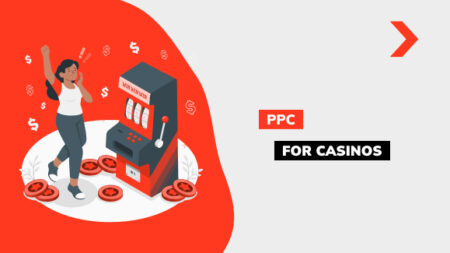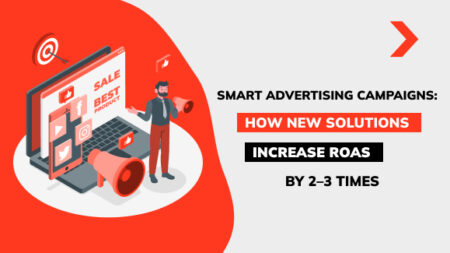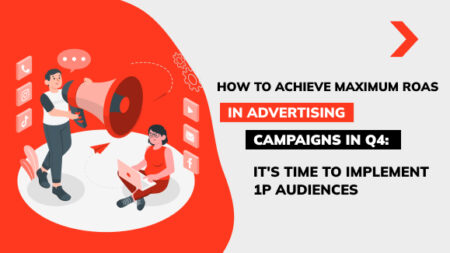Paid Search Analytics: How to Measure PPC Success
Your work is far from done once the pay-per-click, or PPC, campaign is operational. Paid search insights are what you need because they can provide you with all the data you require to grasp the efficiency of paid search marketing.
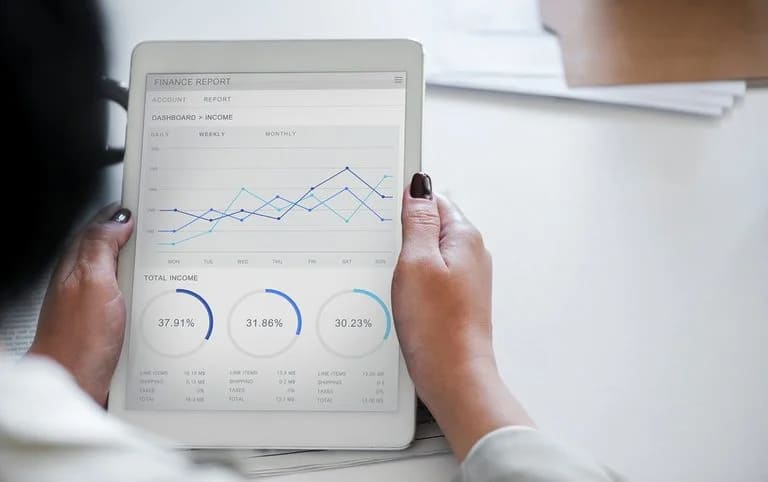
Learn what Google Ads search insights are, how to set up tracking, where to find the best-paid search data, and what tools you can use to compute it in this post.
What Is Paid Search?
To drive paid search traffic to landing pages, experts pay search engines to display their ads higher on SERPs; it’s one of the most common types of PPC advertising. Advertising displays ads on these pages like Google using an auction-based PPC model. Your bid and quality score define how often an ad shows up and how much you spend per click.
Key Metrics to Measure PPC Success
It stands for data-rich advertising; it gives useful data about overall campaign performance, allowing you to tailor ad groups, grasp behaviors, and enhance performance instantly. Even though paid advertising efforts produce a lot of detailed data, keeping track of everything might take attention away from what matters most. To guarantee the optimal result, which KPIs need to be tracked within Google Ads?
Click-Through Rate (CTR)
It’s a critical metric to monitor. This figure is calculated by dividing the number of impressions by the figure that clicked on it. CTR indicates that you appear in search results. But if you don’t look at the viewers, clicks can result in poor revenue. A low CTR doesn’t necessarily indicate that your offerings are bad; rather, it tells that a campaign has to be modified or that an ad copy is simply unattractive.
Cost-Per-Click (CPC)
That’s the cost to your company of each ad click. It’s computed by adding one cent and dividing the competitor’s Ad Rank by your QS. Each ad’s position on the SERP is defined by its Ad Rank. It’s critical to pay attention to the results of the clicks on the ads. But, by monitoring the CPC, you can validate whether there are other terms with lower rates that can still be beneficial to you.
Conversion Rate and ROI in Paid Search Campaigns
For the majority of brands, what counts most is whether or not the people who clicked on your ads are doing something. A high CVR indicates that a site and paid search campaign are going well. But, if a CTR is high but the CVR is poor, you must do an analysis. ROI is critical for making wise decisions and helps executives accomplish their goals. The formula for this is ROI = (sales growth – marketing cost) / marketing cost.
Impression Share and Ad Positioning
As someone sees your initiatives, that counts as an impression. An impression won’t be recorded unless a user scrolls down the page since an ad is positioned near the bottom of the SERP. The average position indicates where an ad appears in search engines for related keywords, while the share of impressions shows how visible your ads are about rivals. The searcher intent and QS affect the average position.
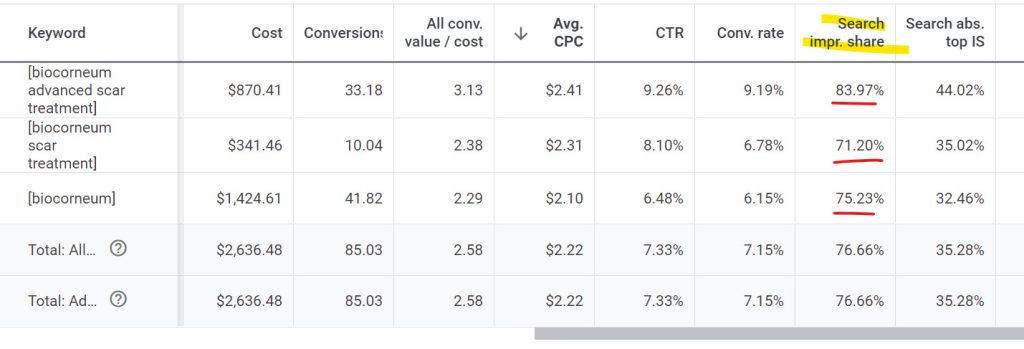
Quality Score
It’s crucial to the overall performance of search campaigns. The Quality Score, which ranges from 1 to 10, is utilized to figure out where your ad appears on the intended page. Your ad ranks higher, and you’ll pay less for each click if the QS is high — a poor QS will cost you more in CPC. Make sure keywords on the landing page are pertinent, and change any bad terms that lead to unwanted clicks.
Customer Acquisition Cost (CAC)
It calculates how many conversions there were compared to the amount you spent. The cost incurred for each lead, or CAC can be used to assess the efficiency of various channels. Since it aids in grasping the ROI of advertising campaigns, it’s among the most crucial KPIs for marketers. CAC builds a clear connection between target paid search efforts and corporate revenue.
Google Analytics 4 (GA4) for PPC Analysis
They created the recent iteration of the analytics network to give a more thorough grasp of user activity across devices and channels.

Because it enables precise interaction tracking, data analysis, and improved campaign reporting, Google Analytics 4 is a priceless tool for search engine advertising.
Setting Up GA4 for Paid Search Tracking
To start the procedure, you must first create an account. Go to Google Analytics and select “Admin” in the lower-left corner if you haven’t already. There you must use it in the “Account” column. After that, select “Create Property” and adhere to the GA4 property instructions.
Configuring UTM Tracking Parameters
After the “?” in the URL, add the UTMs as URL parameters. Use that complete URL with the UTM code in the traffic source you wish to track, such as the clickable URL in a sponsored ad. These parameters are added to the end of a URL and can provide data on how a visitor visited the website.
Analyzing Search Traffic and User Behavior
In GA4, you can build a Path Exploration report to dive into user behavior. This way, you can study events and pages that are in traffic and add dimensions. Go to the “Reports” to examine your paid search traffic. To focus on paid advertising, select “Traffic Acquisition” under “Acquisition” and filter it.
GA4 Events and Conversion Tracking for PPC
Decide whatever actions you wish to monitor as converted analytics. Add events for every activity in GA4 by going to the “Events” section. Mark events as intended actions in the “Conversions” section after they’ve been created. With tracking in place, it’s simple to maximize the efficiency of your PPC.
Advanced GA4 Reports for Paid Search Campaigns
For businesses looking for in-depth insights into user behavior, CVRs, and other KPIs, custom reporting is crucial since it enables you to generate unique reports beyond basic templates. Make sure the dimensions you choose for report setup support your corporate objectives. It guarantees that reports offer insightful details that can influence choices.
Leveraging GA4 Insights for Future Campaigns
Use its AI insights to spot patterns and forecast user behavior in the future. Stay ahead of the competition by modifying your paid efforts based on these insights. The complete process, from the first point to the desirable action, is visible in GA4. Use that to raise CVRs and optimize the search ads.
Performing Effective PPC Data Analysis
To properly track the performance, use a tracking system such as GA4. Make use of PPC dashboards for key indicators and tracking in real-time.
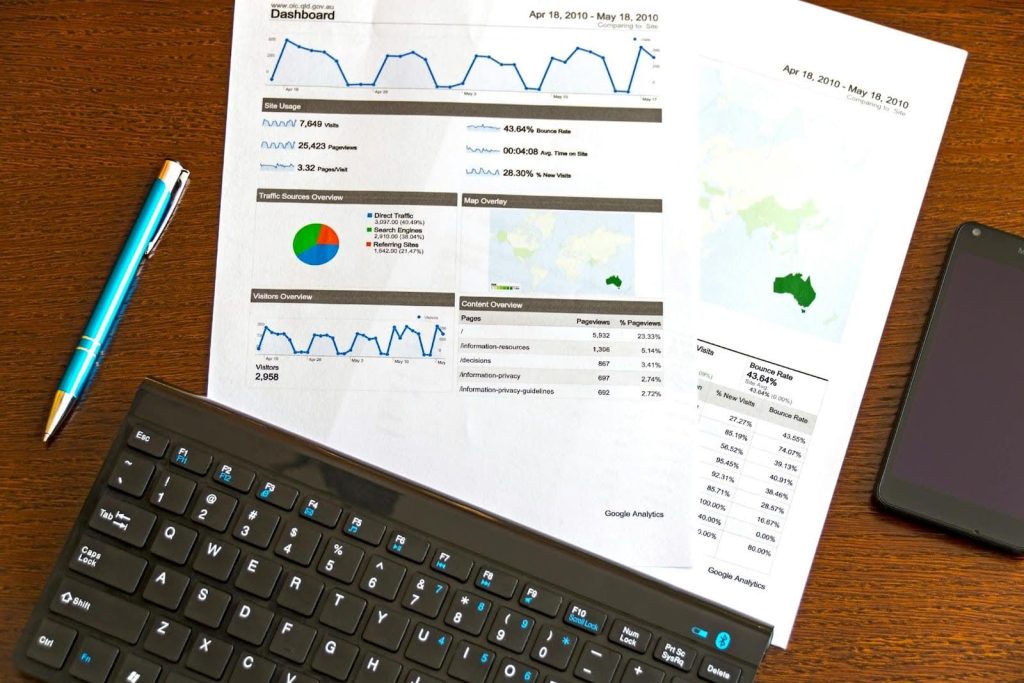
To find areas for optimization, examine campaign parameters, ad text, and keyword performance regularly.
Data Collection Methods
First-party data is essentially the information you get straight from the audience. First-party data is directly from the source, in contrast to third-party data. Subscription forms and analytical tools are examples of first-party data collection methods.
Targeting and Audience Segmentation
By breaking down your clientele into more manageable groups, you may develop extremely relevant and focused paid advertising that appeals to each group. As a result, there is a raised click-through rate and a better rate of returns.
Data Visualization
This point enables you to grasp the vast quantity of data analytical tools bring to generate insights and provide predictive insights on the performance of each campaign, ad creative, platform, and so forth within an interactive PPC dashboard.
A/B Testing Ad Copy and Visuals
Split testing evaluates how well two versions of the content — typically a page — perform. A/B testing is a framework that enables you to conduct tests, use statistical analysis to evaluate the results and make informed decisions based on the findings.
Budget Management and Bidding Strategies
It’s advisable to begin using manual bidding in the early phases of your campaigns. It gives you complete control over the bids and lets you see how various bids impact the success of the ads. Keep a careful eye on the outcomes and alter them in light of the performance data you already have.
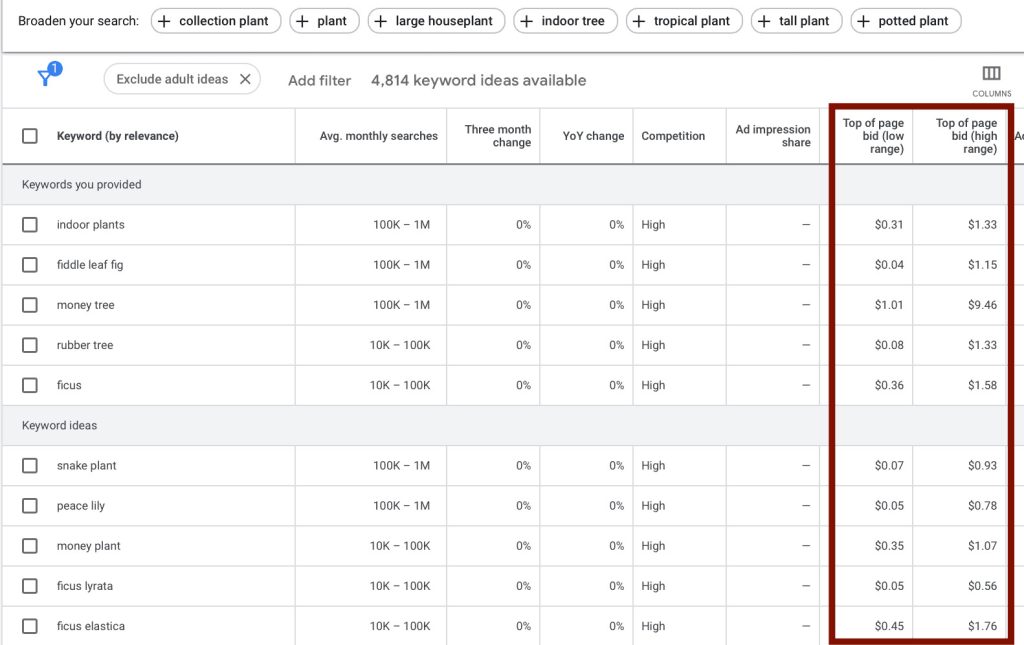
Competitive Analysis Strategies
Look at competing variations of ads. Examine particular data, including monthly clicks, search volume, competition for paid results, terms from paid campaigns, and more. Make a list of keywords that will help you stand out as well.
Ongoing Monitoring and Adjustments
In general, pay-per-click monitoring is always the repeated process of assessing and refining pay-per-click campaigns to make sure they fulfill the business goals and is a must if you want the results to match your needs.
PPC Analysis Checklist
It can be hard to keep track of every stage in the journey. Because of this, the checklist first explains the basics of building an effective campaign before moving on to discuss how to keep it running.
Campaign Goals (SMART)
The only method to achieve growth during a given time is to set benchmarks. Setting goals is made easier with the SMART goals; they’re specific, measurable, attainable, relevant, and timely.
Campaign Structure
Finding integrated channels to accomplish goals and engage with clients is the aim of planning. A plan can be shared and makes use of media channels and offline and online connecting tools.
Budget & Bidding (Effectiveness, Competitiveness, Strategy)
Since it specifies where your ad will appear, it’s an essential part of advertising. Because there isn’t much room for banners, corporations bid to compete for a specific place at an auction.
Keyword Relevance
You may prioritize the terms that have an impact on a bottom line according to a QS. You’re able to control budgets and reach a target audience by turning to the appropriate keywords.
Search Term Reports (New Keywords, Negative Keywords)
Google’s report is a list of user-inputted terms that led to the display of an ad. You can exclude them from the ads and focus on the important search terms by looking at negative options.
Ad Relevance
Improving this point can increase your click-through rates as well as the expected Quality Score and the position of the targeted paid search ads on the Google or Yahoo results pages.
Ad Performance (CTR, Conversion Rate, A/B Testing)
You may make campaign adjustments to increase CVRs and ROI by monitoring these indicators and running tests. For those who rely on monetizing content, ad relevance is equally crucial.
Ad Extensions (Sitelinks, Callouts, Location)
Google extras give clients useful details, including product features, prices, and reviews. Prospects are more likely to click on the ad when they see this information on a results page.
Landing Page Relevance
The QS will rise, and campaign performance will be enhanced when visitors are sent to a landing page. As a result, you need to modify the headlines to better fit possible search terms.
Landing Page Experience (Navigation, Mobile-Friendly, Speed)
To maximize visitor flows, you should focus on content relevancy, loading speed, and navigation, regardless of your goals — whether they’re to raise engagement or reduce costs.

Audience Targeting
Those who are most inclined to behave are presented with ads. Data-driven criteria, interests, and behavior influence how individuals are categorized (by locations or devices utilized).
Competitor Keywords
You can find gaps in the rival’s strategy, improve the content, target other terms, and learn more about the search intent of their customers by conducting a rigorous competitor analysis.
Competitor Ads
It assists you in setting a standard and tracking the progress. This study can help you steer clear of shifts and risks by highlighting the difficulties your competitors are having.
Competitor Landing Pages
By doing this, you can identify their issues and create a lead agenda that’ll provide you the edge. To improve the landing outcomes, you must first understand their landing pages.
Continuous Improvement
It is essential for increasing campaign profitability. You may end the loop of short-term issues and create a long-term advertising strategy by putting in place a methodical adjustment process.
Tools and Resources for PPC Analytics
The most effective tools enable you to access the efficiency of ad placement, for example.

They display the campaigns that are converting as well as the way users engage with your ads. You can modify bids toward tactics that yield a higher ROI with the help of this detailed data.
Essential PPC Analytics Tools
These tools form the frames of successful campaigns. However not every tool is right for every company, and choosing the incorrect one might be as costly as running poor ads. So, you can analyze the available tools and filter them down to the following ones to help you make the best decision:
Google Ads Performance Dashboard
All of the most crucial variables about the Google Ads account can be measured centrally on this dashboard. These dashboards can be made with a reporting solution that pulls in the data or with external tools like Google services.
Google Analytics 4 (GA4) for PPC Insights
A picture of your access is granted by its easy tracking capabilities, improved reporting features, and AI-driven insights. With Google Analytics 4, you can make data-driven choices that increase the efficacy of the ads, optimize the ROI, and boost incomes.
Google Ads Help and Support Resources
Anyone using Google services to expand their share has access to their support. You can use their resources and troubleshooting manuals, phone the helpline during business hours, submit specific company information for a response, and use a live chat.
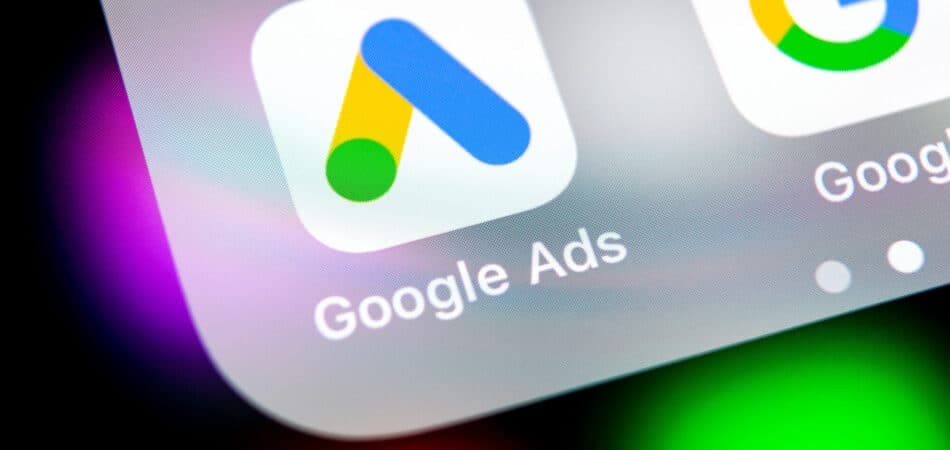
Third-Party PPC Analytics Platforms (Semrush, Ahrefs, Serpstat)
- Semrush
This tool lets you see what search traffic terms the rivals target, how much they spend, and how well their ad campaigns are performing.
- Ahrefs
It focuses on rankings and analysis of competitors. It allows you to discover the bids of competitors and utilize the information to develop advertising campaigns.
- Serpstat
This application provides insights to enhance workflows and optimizes advertising strategies through competitor analysis and audits.
Automating PPC Data Analysis
You can automatically collect data using extra analysis tools. While some programs have native integrations with ad platforms, such as Google Ads, others do not. So, using third-party services is necessary to prevent manual data collection.
Google Ads Scripts for Automation
Instead of adding search terms manually within the Google Ads account, you can use JavaScript code to modify bids, stop ad groups, and add new words. After creating a script, you can manage it and see what the scripts have done on the account.
AI and Machine Learning in PPC Analytics
It’s essential for predictive insights since it can handle datasets precisely. You may make accurate predictions about future trends by using AI algorithms that learn from historical pay-per-click data; it’s able to spot insights that people would miss.
Integrating PPC Data with Business Intelligence Tools
- Looker Studio
Members of the same team can work with reports and share results thanks to this tool’s sharing features.
- Tableau
Any data source can be connected to that one. It is a solution for dashboards that can be shared and have real-time comments.
- Power BI
It provides alternatives for data visualization that improve reporting. It is well-known for its AI-based and predictive capabilities.
Free vs. Paid PPC Analytics Solutions
Paid analytical tools typically provide faster data access and technical support, which are not available with free tools like Google Ads. You can use a free tool to get things done, but if you spend money on a paid one, you’re more likely to get features that add greater value.
The Importance of PPC Analysis
Any company that wants to maximize its online advertising investment must conduct regular campaign analysis. You may maximize the return on investment and make the most of the budget by optimizing the campaigns. To increase your CTRs, CVRs, and efficiency, you can make data-driven decisions. In this manner, you get knowledge to enhance the marketing. Therefore, make sure your advertisements are in line with the goals of the company and use data to guide future pay-per-click tactics.
FAQ
What are the benefits of a paid search campaign?
Your website will receive a lot more traffic thanks to paid advertising, which enables companies to appear at the top of search results where most clicks take place. This increases exposure and brand awareness — sponsored search is an excellent method of reaching a large audience that may not be aware of the business.
What Is Paid Search In Google Analytics?
It describes traffic brought about by paid search marketing efforts on Google, Bing, and Yahoo. In Google Analytics statistics, for instance, if a visitor types a search phrase into a campaign and then clicks on the ad, the subsequent visit to the website is categorized as sponsored search traffic.
What Is The Difference Between Paid Search And Organic Search?
Paid search focuses on paid rankings in search results, while organic search capitalizes on unpaid rankings. Brands use SEO to maximize their site’s visibility or rankings in results with organic search. On the other hand, paid search enables you to buy a leader’s position in the given results.
How to analyze paid search?
You may better understand the value of multiple search ads about the amount you spend on ads by using this campaign performance indicator; it can be computed by dividing the campaign’s cost by the number of converted leads.
How effective is paid search?
It’s where paid search proves to be more effective. The intended ads are an incredible way to raise brand awareness — in fact, they can raise brand awareness by roughly 80%. You can raise the rankings on Google SERPs at a small cost.


